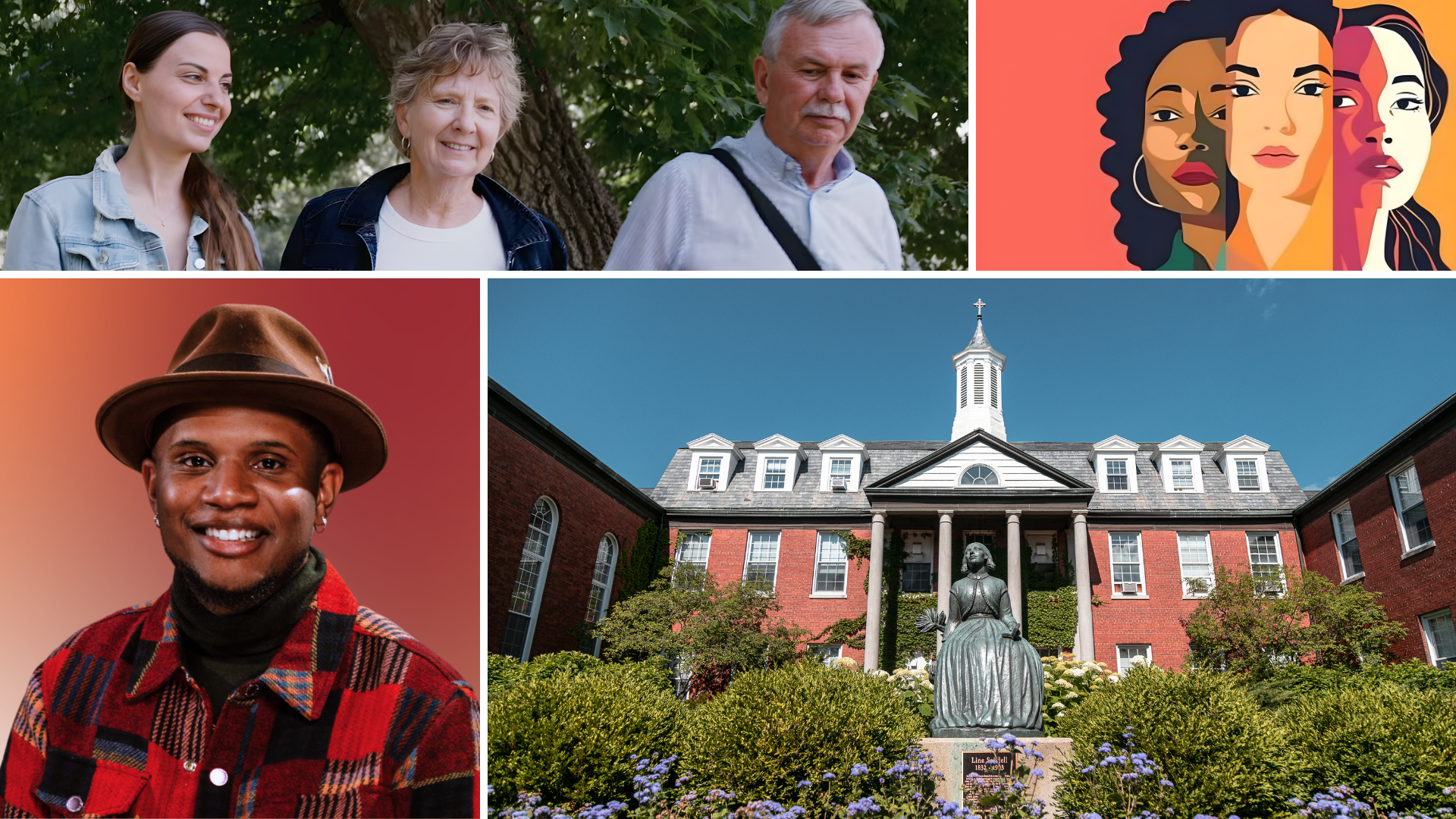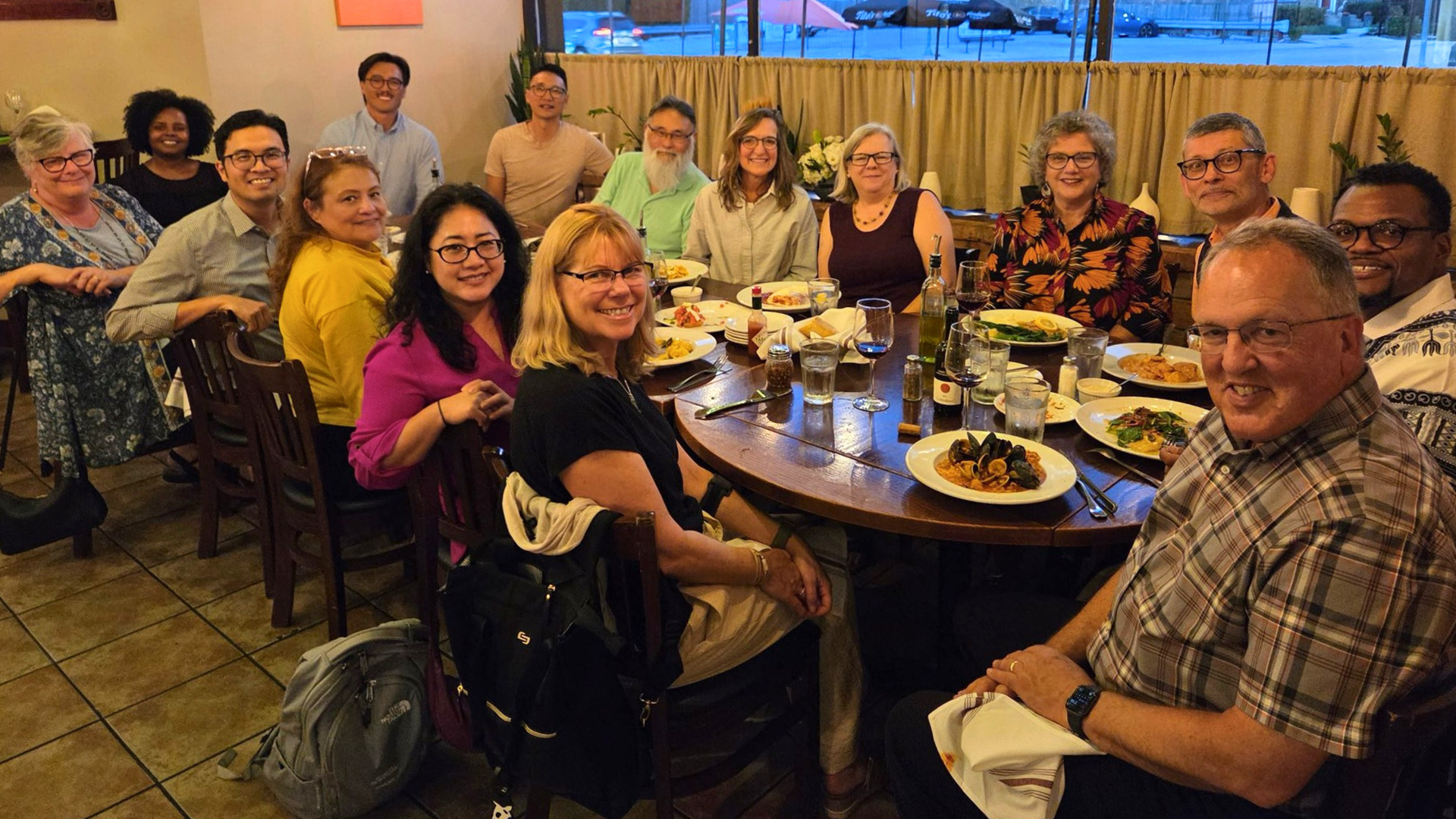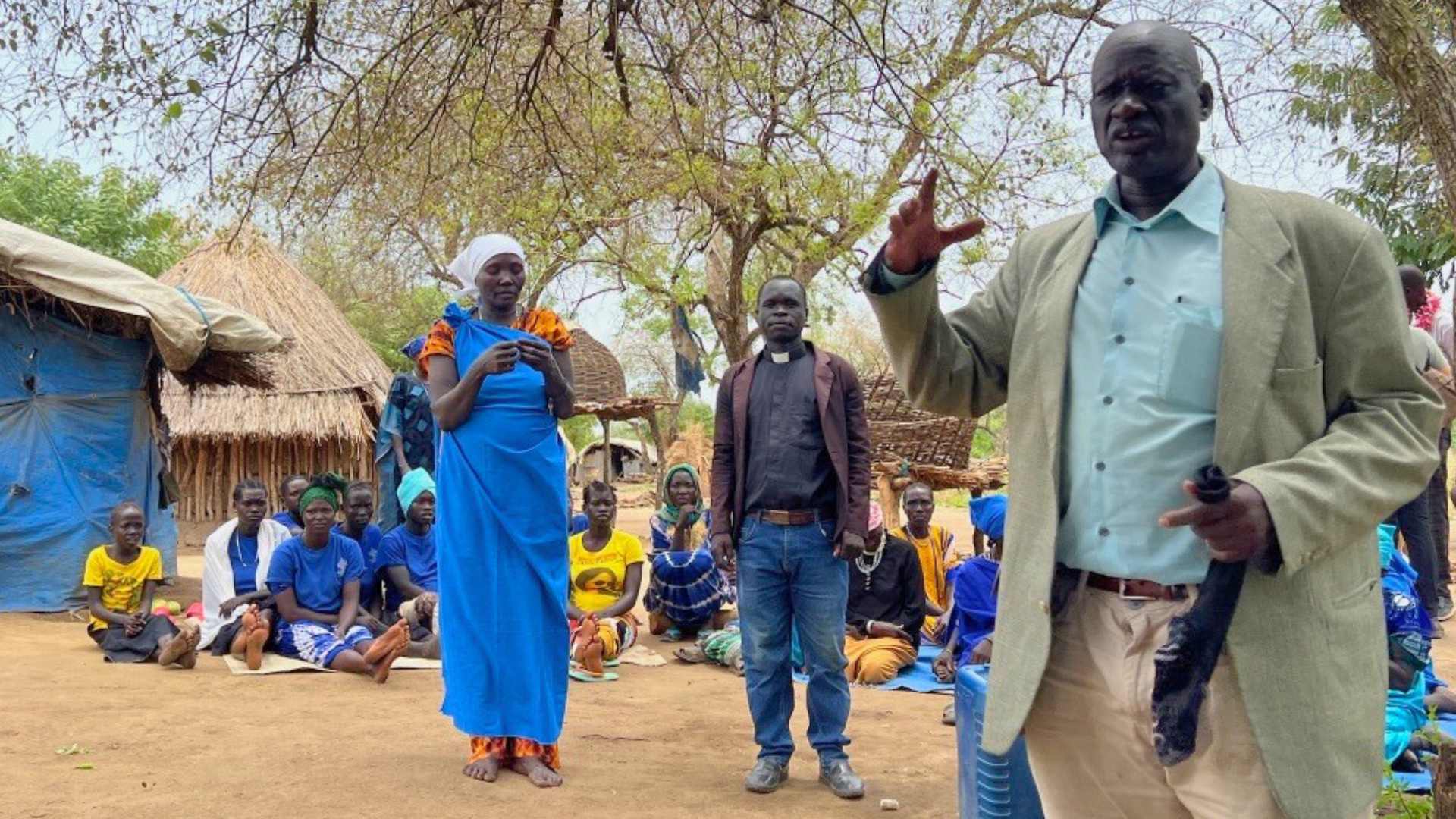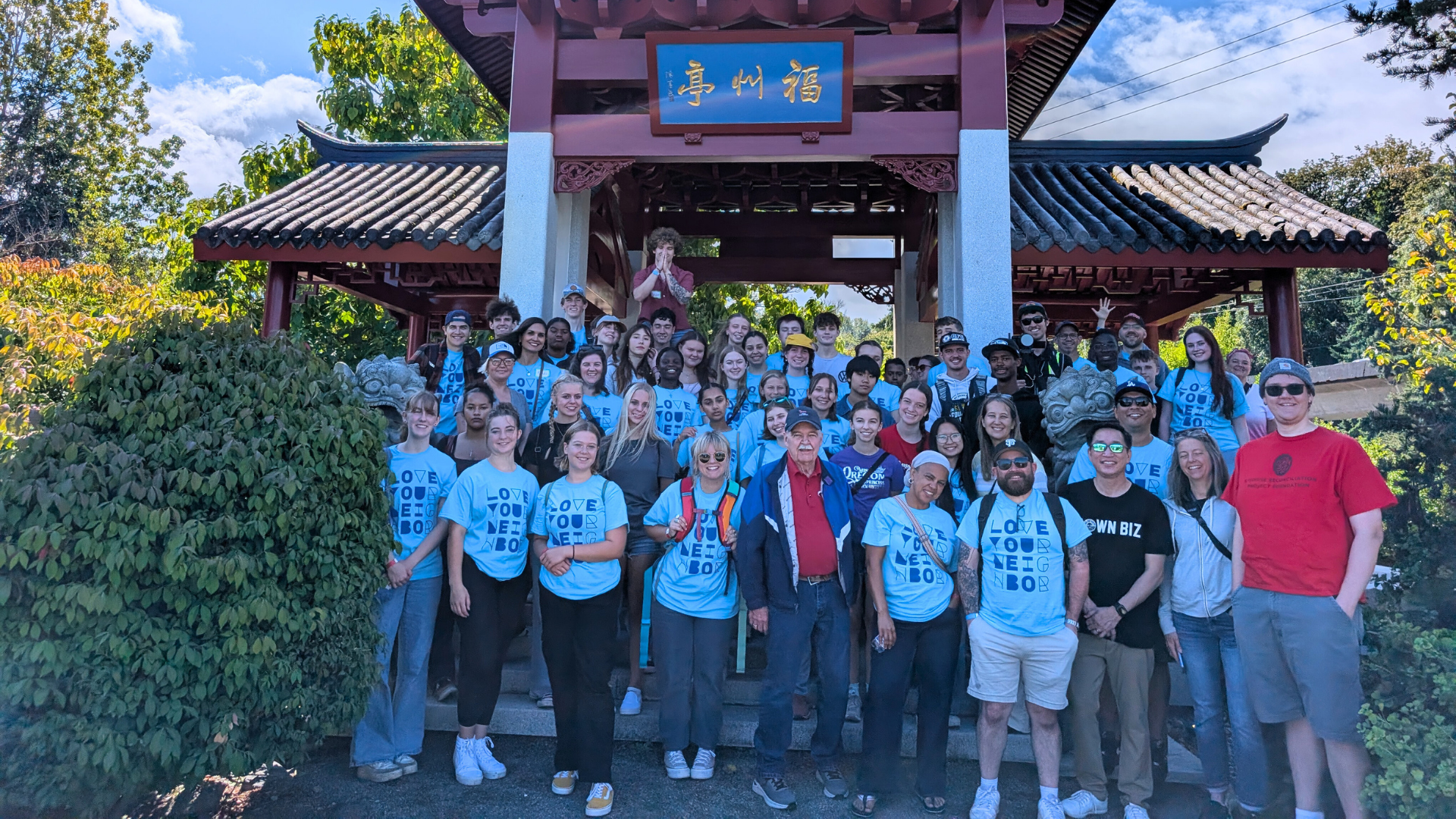
“If Dreamers want to stay in this country, why don’t they apply for citizenship?”
Many people are asking that question in the wake of Donald Trump’s announcement earlier this month that he intends to rescind the Deferred Action for Childhood Arrivals (DACA) program.
More than 800,000 young, undocumented immigrants who were brought to the United States as children have been protected from deportation by DACA, an executive order signed by Barack Obama in 2012. The protections last two years, after which recipients can apply to renew them.
“There is no legal way for DACA recipients to apply for citizenship,” says Abby Conger, executive director of Open Door Immigration Services (ODIS), a nonprofit organization connected with Highrock North Shore Covenant Church in Salem, Massachusetts.
To apply for DACA, individuals must have arrived in the U.S. before turning 16. They cannot have any serious criminal record, and they must have lived continuously in the U.S. since June 15, 2007. DACA gives recipients a permit to work legally in the U.S., as well as the opportunity to obtain a driver’s license.
This category of immigrants has been referred to as “Dreamers” after the Dream Act, which was introduced in 2001 and designed to provide a path to citizenship. It last came up for a vote in Congress in 2010. But it has never passed, and as a result, DACA recipients must reapply every two years and pay a $495 fee, in addition to any other necessary legal fees.
Currently only individuals who have held a green card—which grants legal permanent residency—for at least five years (or three years if they are married to a U.S. citizen) may apply for citizenship. Because DACA recipients have only been granted permission for temporary residency, they are ineligible to apply for citizenship.
Conger says there are four paths to obtain a green card:
1. Family-Based Petition—“For immediate relatives of U.S. citizens, the process is relatively quick and easy. There is no cap on visas for this category. For anyone else, including immediate relatives of green card holders, the process could take anywhere from one to 23 years because of the cap on visas granted to every country every year,” Conger says.
Immediate relatives include spouses of citizens, unmarried children under 21, and parents of citizens 21 years of age or older. Residents or green card holders older than 21 can petition for siblings, but that process can take decades.
In all cases, the petitioning family member in the United States must demonstrate an income that is 135 percent above the poverty line and must commit to support the family member they are seeking to bring to the United States.
Demographers often refer to Dreamers as a 1.5 generation because they have more in common with U.S. citizens than with residents of the countries of their birth.
People from countries with high levels of immigration to the U.S. such as Mexico, China, India, and the Philippines generally must wait much longer than applicants from other countries. According to the American Immigration Council, married children from Mexico who have one parent that is a U.S. citizen generally wait more than 20 years for a visa to become available, and Filipino siblings of U.S. citizens currently wait about 25 years.
2. Employment-Based Visa—“Those who are exceptionally smart or talented and have an employer who will sponsor them may be able to get a visa, but there are caps on the number of visas granted each year in this category,” Conger says. They also are granted by lottery.
3. Humanitarian Reasons—“These are the situations you would never wish for anybody but which may open up an opportunity for a green card for people,” Conger says. “This includes refugees, asylum seekers, victims of human trafficking, witnesses of violent crimes, victims of domestic abuse, and unaccompanied minors. Again, there is a cap on visas in some of these categories.”
4. Diversity Lottery—There is a miniscule opportunity for people who don’t qualify through other categories. There are 55,000 green cards available to persons from countries with low rates of immigration to the United States. People from Mexico, China, the Philippines, India, and other countries with higher levels of immigration to the United States are not eligible. Millions apply for the visas each year.
No one who crosses the border into the U.S. illegally can apply for a green card, Conger says. First, they would have to apply for advanced parole, which allows them to leave the country and then try to re-enter through customs and inspection. “But there is no guarantee they will be allowed back in the U.S. once they leave, so this is a very risky option,” Conger says.
According to statute, anyone who has lived in the United States illegally for more than one year must wait 10 years before they can re-enter the country, even if they are already married to a U.S. citizen or have children who are U.S. citizens. If they have lived illegally in the United States between 180 and 365 days, they are barred from re-entry for three years.
A waiver may be issued if the visa applicant is the spouse or child of a U.S. citizen or the spouse or child of a legal permanent resident. But the visa applicant must also prove that being barred from the country would pose an “extreme hardship” on the spouse. Hardship to the immigrant or to the immigrant’s child is not a factor, even if the child is a U.S. citizen.
Demographers often refer to Dreamers as a 1.5 generation because they have more in common with U.S. citizens than with residents of the countries of their birth.
Trump has called on Congress to pass a new law to help the Dreamers before the order to rescind DACA goes into effect in six months.
For a previous story see Covenant DACA Recipients.














